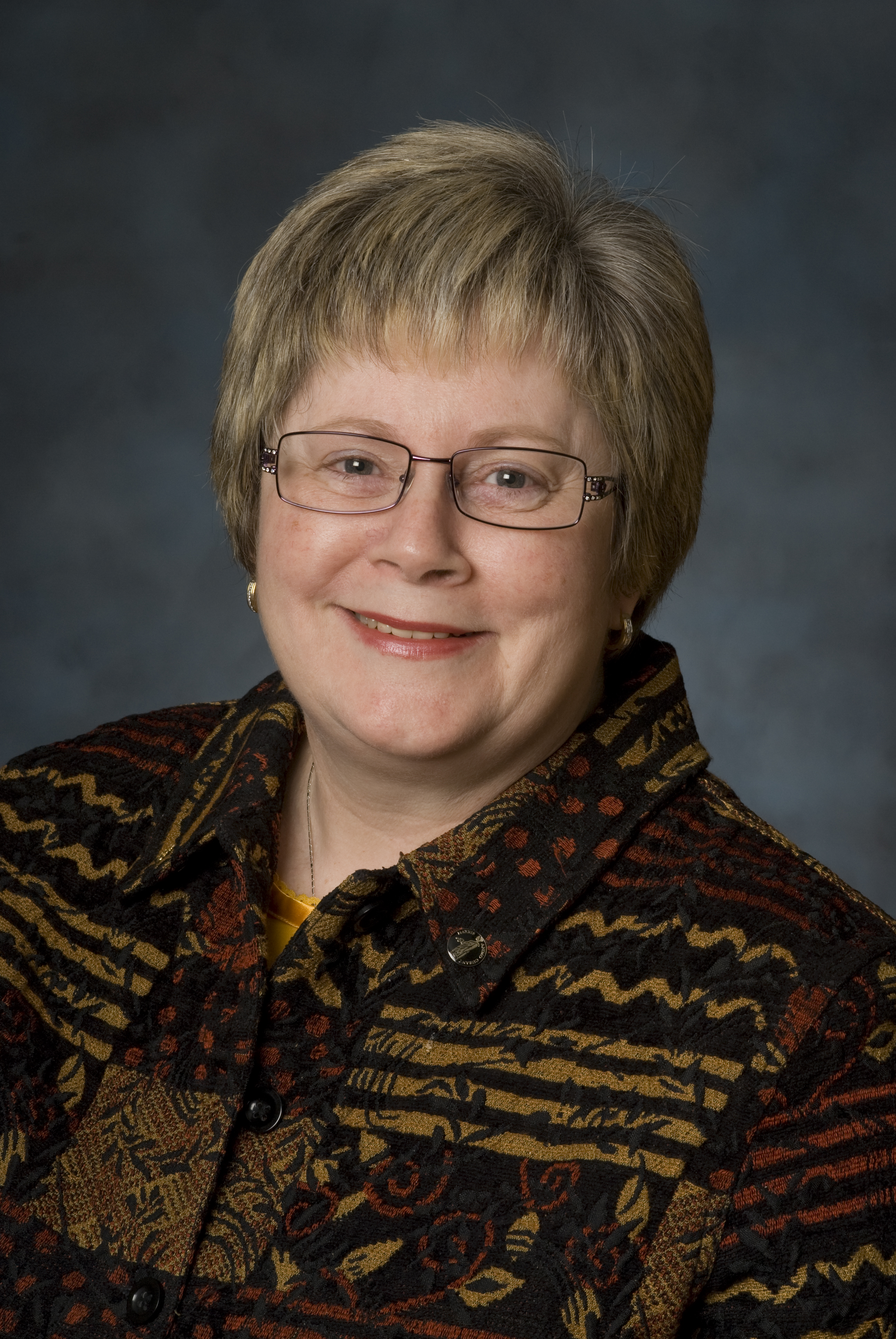Connecting with physicians and other stakeholders

This is the year for getting out and about. The value of meeting and talking with individuals and groups face to face cannot be underestimated, and I intend to do a lot of that this year. The last few years have had elements of strife within the profession, and the most recent presidents have made it their goal to unite the profession—as have I. The idea of working together for the good of all of us is something I believe in. Each former president has had his or her fair share of success and struggles with that lofty goal.
My strategy is simply to create the time and make the effort to do what needs to be done. I am fortunate in that, unlike my predecessors, I have closed my practice for the year so that I can dedicate as much time as necessary to the job at hand. Being president of your Association is a role I take very seriously and I am determined to put 100% into it.
A significant part of my efforts will involve traveling the province and meeting with physicians, medical staff, medical societies, divisions of family practice, and other physician medical groups in both urban and rural areas. I want to hear what you have to say—your issues and concerns, whether you feel the BCMA is representing your needs, and how the BCMA can help resolve your issues. I hope to be able to meet with as many physicians as possible over the next year.
By the time you read this, my physician meetings will be well underway. I have always had a busy work schedule and want to continue being just as active even though I’m not in practice. For me, it will be a very different kind of busy, but I most certainly look forward to these new challenges.
Another of my goals is to meet with as many of the BCMA’s stakeholders as time and resources allow. We work alongside many stakeholders and depend on a good relationship with them to continue our work. The BCMA’s stakeholders include physicians, local and provincial governments, city councils, health authorities, patients, media, organizations such as the BC Automobile Association (where we were most successful in lobbying government to implement a ban on cellphone use while driving), and other health care organizations such as the Cancer Agency, Diabetes Association, and the Mental Health Association.
Stakeholders play an important role as advocates, sponsors, partners, and agents of change. The most productive long-term relationships result in a win-win relationship for both parties. The main strategy is open communication: being open, honest, and in touch with important stakeholders, determining what their needs and wants are, how best to achieve them, and how we can all work together toward common goals.
On my trips around the province meeting with our most important stakeholder group—physicians—I also plan on meeting with as many local reporters, health authorities, MLAs, and other organizations as is possible. In addition to listening to physician and stakeholder views, my goal is to provide you with feedback on how the BCMA is acting on your views. This feedback, or follow-through, is an important step in the outreach process, and I’m committed to answering any questions you may have about your organization.
In these troubled economic times, being able to work effectively and efficiently with all stakeholders is extremely important, and will continue to be so regardless of which party is in power following the provincial election next May.
I hope as many physicians as possible will be able to meet with me as I come through your cities and towns. Please visit the BCMA website for dates and locations as they are confirmed, or check with your local district delegate. See you soon.
—Shelley Ross, MD
President
